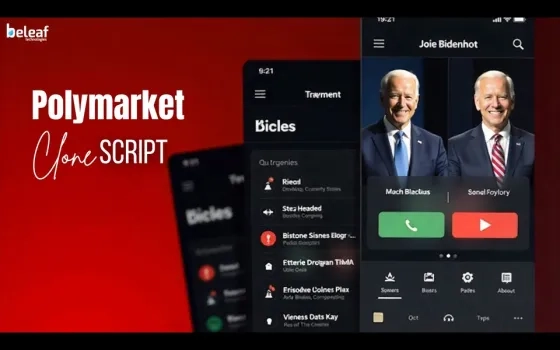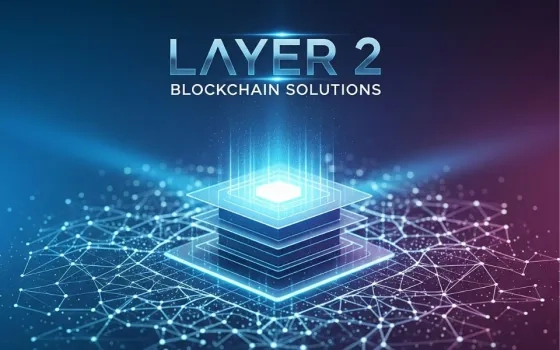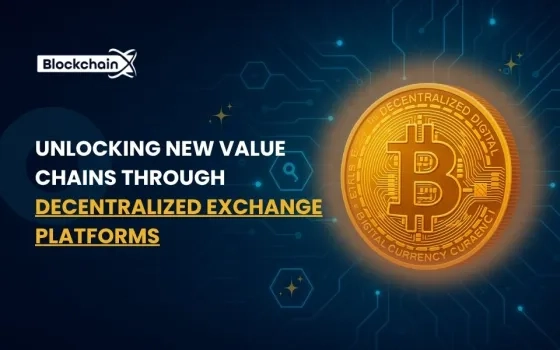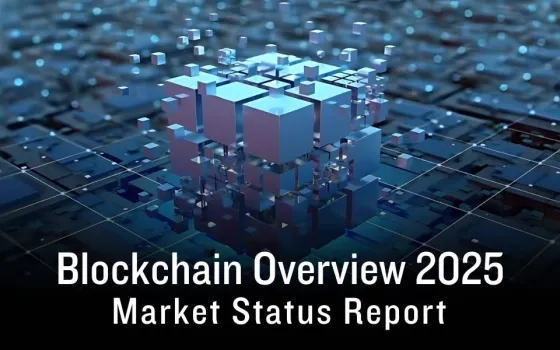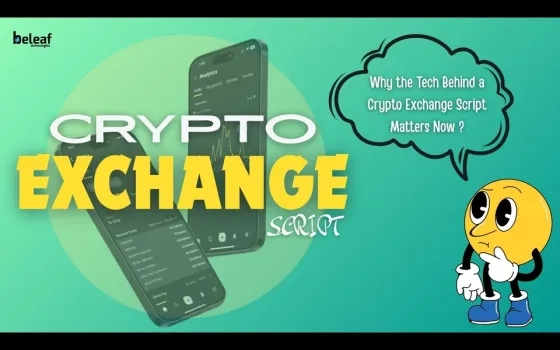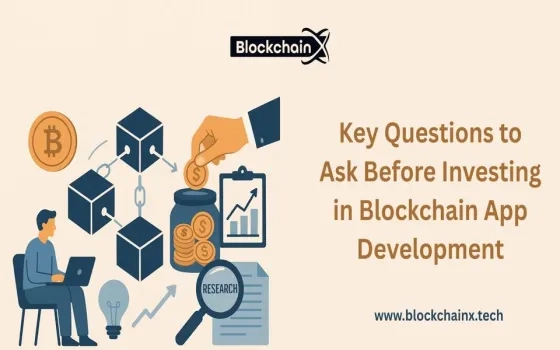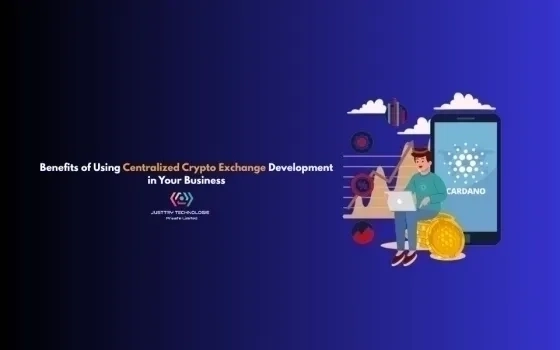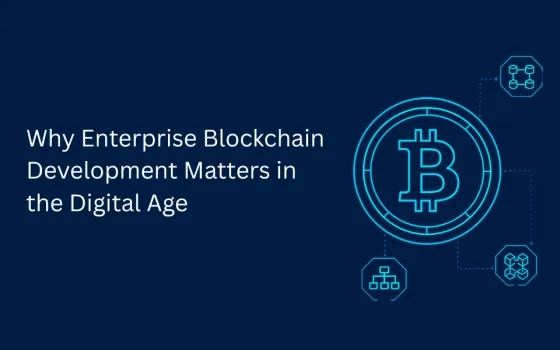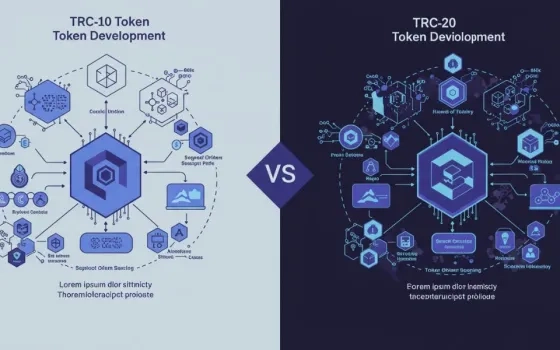Scalability has long been one of the most pressing issues in blockchain technology. While decentralization and security were the foundational pillars of early blockchain networks, performance especially in terms of transaction speed and cost—lagged behind. As blockchain adoption grew, networks like Ethereum became congested, resulting in exorbitant gas fees and slower throughput. In response to this scalability dilemma, Layer-2 solutions emerged, offering a path to increase capacity without sacrificing decentralization. Among these innovations, Rollups-as-a-Service (RaaS) has risen as a powerful enabler of scalable and cost-efficient blockchain infrastructure, making it easier for developers and enterprises to deploy Layer-2 solutions tailored to their specific needs.
Understanding Rollups and Their Role in Scaling
Rollups are Layer-2 scaling solutions that bundle, or "roll up," hundreds of transactions off-chain and then post a summary of these transactions back to the Layer-1 blockchain. There are two main types: Optimistic Rollups and Zero-Knowledge (ZK) Rollups. While Optimistic Rollups assume transactions are valid until proven otherwise, ZK Rollups rely on cryptographic proofs to validate transactions. Both reduce the load on the base chain, thereby enabling faster and cheaper transactions.
By removing computational burden from the main chain while still leveraging its security guarantees, rollups achieve an optimal balance between performance and decentralization. However, implementing and maintaining rollups can be complex and resource-intensive, often beyond the reach of many blockchain startups or projects. This is where Rollups-as-a-Service becomes a game-changer.
What Is Rollups-as-a-Service (RaaS)?
Rollups-as-a-Service is a comprehensive solution offered by infrastructure providers that allows projects to launch and manage their own rollups without needing deep expertise in cryptography, network architecture, or smart contract development. RaaS abstracts the technical complexities and provides a plug-and-play model where teams can focus on product development, user experience, and community building while the infrastructure layer is handled by professionals.
By offering customizable rollup stacks, automated deployment tools, dev-friendly SDKs, and real-time monitoring dashboards, RaaS drastically lowers the barrier to entry for Web3 projects. It enables them to benefit from the scalability and low fees of rollups without the cost and overhead of building from scratch.
Key Features That Make RaaS Scalable and Affordable
The scalability and affordability offered by Rollups-as-a-Service are anchored in several core features. First, the modular nature of RaaS platforms allows developers to choose the components they need such as data availability layers, sequencers, or execution environments without paying for unnecessary add-ons. This composability enables a more efficient allocation of resources.
Second, RaaS platforms often leverage open-source frameworks like OP Stack, zkSync, Polygon CDK, or Arbitrum Orbit, which reduces licensing costs and accelerates time to market. Many of these platforms also offer gas subsidies, shared security models, and built-in bridges, further lowering the cost of operation.
Finally, RaaS providers typically offer elastic infrastructure—meaning you can scale up or down depending on your throughput requirements. This dynamic pricing model aligns well with early-stage projects that may not need full capacity at launch but can scale over time without migrating infrastructure.
Empowering Developers Through Simplified Rollup Deployment
One of the most significant impacts of Rollups-as-a-Service is the empowerment of developers. Prior to RaaS, building a rollup demanded a highly specialized team with expertise in Ethereum clients, fraud proofs, state machines, and cryptographic proofs. With RaaS, even small teams can launch production-grade rollups within days.
Most RaaS platforms provide intuitive UI-based dashboards, DevOps integrations, and deployment automation tools. These platforms abstract away the technical intricacies and provide out-of-the-box support for features like token bridges, staking modules, and custom VM support. This ease of deployment accelerates experimentation and innovation in the blockchain space.
Moreover, RaaS enables projects to choose between deploying general-purpose rollups or application-specific rollups. This flexibility allows developers to optimize performance based on their target use cases—whether it’s DeFi, NFTs, gaming, or enterprise solutions.
Lowering Total Cost of Ownership for Blockchain Startups
Launching a new Layer-1 or a self-managed Layer-2 chain involves substantial upfront costs—ranging from validator infrastructure to security audits and tokenomics design. RaaS dramatically lowers this cost of ownership. Infrastructure maintenance, updates, and protocol upgrades are all handled by the RaaS provider, turning what was once a CapEx-heavy initiative into a more manageable OpEx model.
Some providers even offer white-label solutions with SLAs, uptime guarantees, and enterprise-grade support. These offerings allow startups to operate confidently, knowing their infrastructure is reliable and well-supported. Additionally, many RaaS platforms have built-in analytics and observability tools, making it easier to track performance, user engagement, and transaction data without integrating third-party systems.
By outsourcing complex infrastructure to RaaS platforms, teams free up both time and capital to focus on user acquisition, community engagement, and feature development.
Use Cases Powered by Rollups-as-a-Service
Rollups-as-a-Service is not a one-size-fits-all solution; it enables a range of blockchain use cases that benefit from scalable, low-cost infrastructure. In DeFi, RaaS helps platforms offer near-instant swaps and micro-transactions without high gas fees, improving accessibility for retail users. In the gaming sector, game developers use RaaS to power in-game economies that require high throughput and minimal latency.
For enterprises exploring blockchain, RaaS offers a pathway to create permissioned rollups with private data layers and granular access control. This flexibility is especially useful for sectors like healthcare, logistics, and finance, where privacy and compliance are critical.
Furthermore, DAOs and Web3 social platforms are also adopting application-specific rollups to provide their communities with sovereign execution environments. This approach not only improves performance but also enables community-driven governance without relying on shared Layer-1 bandwidth.
RaaS vs. Traditional Layer-2 Development: A Comparative Insight
Comparing RaaS to traditional rollup development highlights its transformative impact. Traditionally, building a rollup required hiring niche developers, setting up validators or sequencers, integrating multiple SDKs, and managing continuous upgrades. It was time-consuming, costly, and required substantial in-house expertise.
In contrast, RaaS platforms offer modular plug-and-play ecosystems. Features like one-click deployment, native data availability solutions, automatic fraud-proof generation, and seamless Ethereum bridging eliminate the need for multiple vendor integrations. As a result, projects can go from idea to launch significantly faster and with a fraction of the cost.
Additionally, many RaaS providers offer community and ecosystem support, helping new chains bootstrap liquidity, attract builders, and list tokens. This ecosystem advantage makes RaaS not just a technical solution but a go-to-market accelerator as well.
The Economics of RaaS: Who Pays and Who Benefits?
From an economic standpoint, Rollups-as-a-Service introduces a more sustainable model for blockchain scalability. Costs are distributed based on actual usage rather than fixed infrastructure investments. Projects only pay for what they consume, and many RaaS platforms operate on pay-as-you-go or subscription models.
This model benefits early-stage ventures that want to prove product-market fit before scaling. It also allows larger organizations to test rollups in sandbox environments before rolling them out to production.
RaaS providers benefit through economies of scale, as they operate multiple rollups on shared infrastructure. This reduces per-chain maintenance costs and allows providers to offer competitive pricing while ensuring quality of service.
Future of Blockchain Infrastructure with Rollups-as-a-Service
The rise of Rollups-as-a-Service signals a broader trend in blockchain: the shift toward infrastructure abstraction and modular development. Just as cloud computing democratized internet infrastructure, RaaS is poised to democratize blockchain scalability.
Looking ahead, we can expect even more automation, improved ZK proof systems, and enhanced interoperability between rollups. RaaS providers are also likely to integrate more AI-driven optimizations, enabling predictive scaling, smart fee structures, and security automation. As rollups become more composable, the ability to interlink different rollup chains into unified ecosystems will also be crucial.
Ultimately, RaaS will be a foundational layer of Web3, enabling mass adoption by making blockchain infrastructure more accessible, reliable, and cost-efficient for developers and enterprises alike.
Conclusion: RaaS as the Engine of Web3 Scalability
Rollups-as-a-Service represents a critical inflection point in the evolution of blockchain technology. It addresses the core limitations of scalability, cost, and complexity by offering streamlined solutions tailored to the needs of modern Web3 applications. With RaaS, developers can launch high-performance rollups with minimal effort, businesses can reduce their infrastructure costs, and users benefit from faster, cheaper transactions.
As blockchain adoption accelerates, the demand for scalable infrastructure will only grow. Rollups-as-a-Service provides a pragmatic, efficient, and future-ready answer to this demand—empowering a new generation of decentralized applications and shaping the scalable foundation of the blockchain-powered internet







